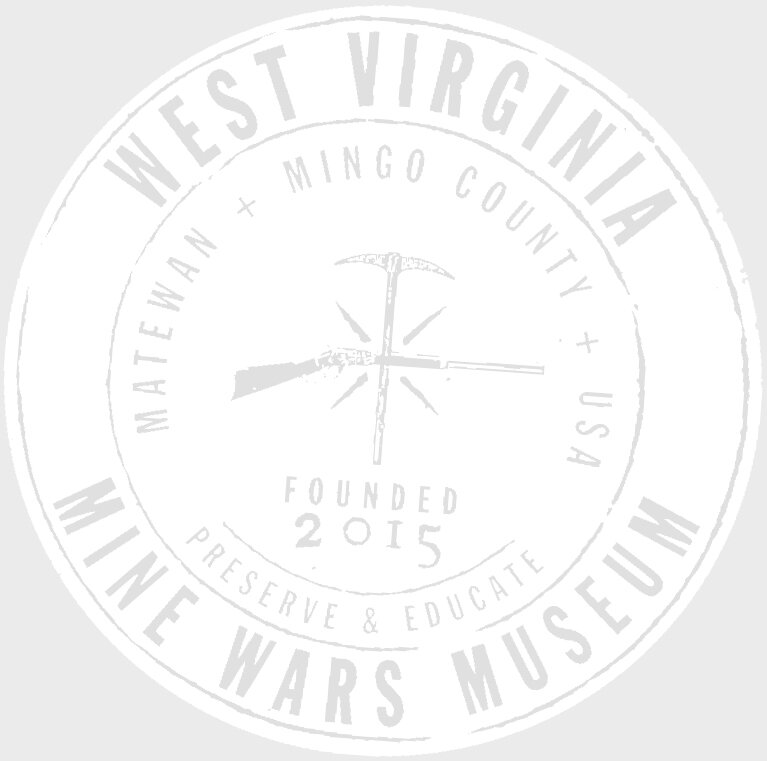The Devil Is Here in These Hills
The Devil Is Here in These Hills
West Virginia’s Coal Miners and Their Battle for Freedom
James Green
Paperback, 448 pages
January, 2016
Grove Press
From Lou Martin, historian and founding museum board member:
"I had the honor of being a research assistant for Jim Green when he was writing this book. He had traveled through Central Appalachia as a reporter for Radical America during the 1978 strike and returned to cover the Pittston Strike a decade later. One of his longtime goals was to help bring the story of the Mine Wars to a broader audience, and he got that chance near the end of his career. He spent nearly a decade researching and writing The Devil is Here in These Hills, which became the basis for the American Experience episode The Mine Wars. Jim thought carefully about how to layer this story in a way to make this bloody conflict comprehensible to a general reader, and he backed up every chapter with extensive research. After the hardback version came out, he learned that some of the details surrounding Sid Hatfield's early life were erroneous, and he ordered changes to the text before the paperback came out. He cared about getting it right. He thought a lot about coal miners and their history, and he was determined to make sure more Americans knew about these events and the role that miners and their families played in the US labor movement."
From the publisher:
On September 1, 1912, the largest, most protracted, and deadliest working-class uprising in American history was waged in West Virginia. On one side were powerful corporations whose millions bought armed guards and political influence. On the other side were fifty thousand mine workers, the nation’s largest labor union, and the legendary “miners’ angel,” Mother Jones. The fight for unionization and civil rights sparked a political crisis that verged on civil war, stretching from the creeks and hollows of the Appalachians to the US Senate. Attempts to unionize were met with stiff resistance. Fundamental rights were bent—then broken. The violence evolved from bloody skirmishes to open armed conflict, as an army of more than fifty thousand miners finally marched to an explosive showdown.
“The most comprehensive and comprehendible history of the West Virginia Coal War I’ve ever read.”
—John Sayles, writer and director of Matewan


